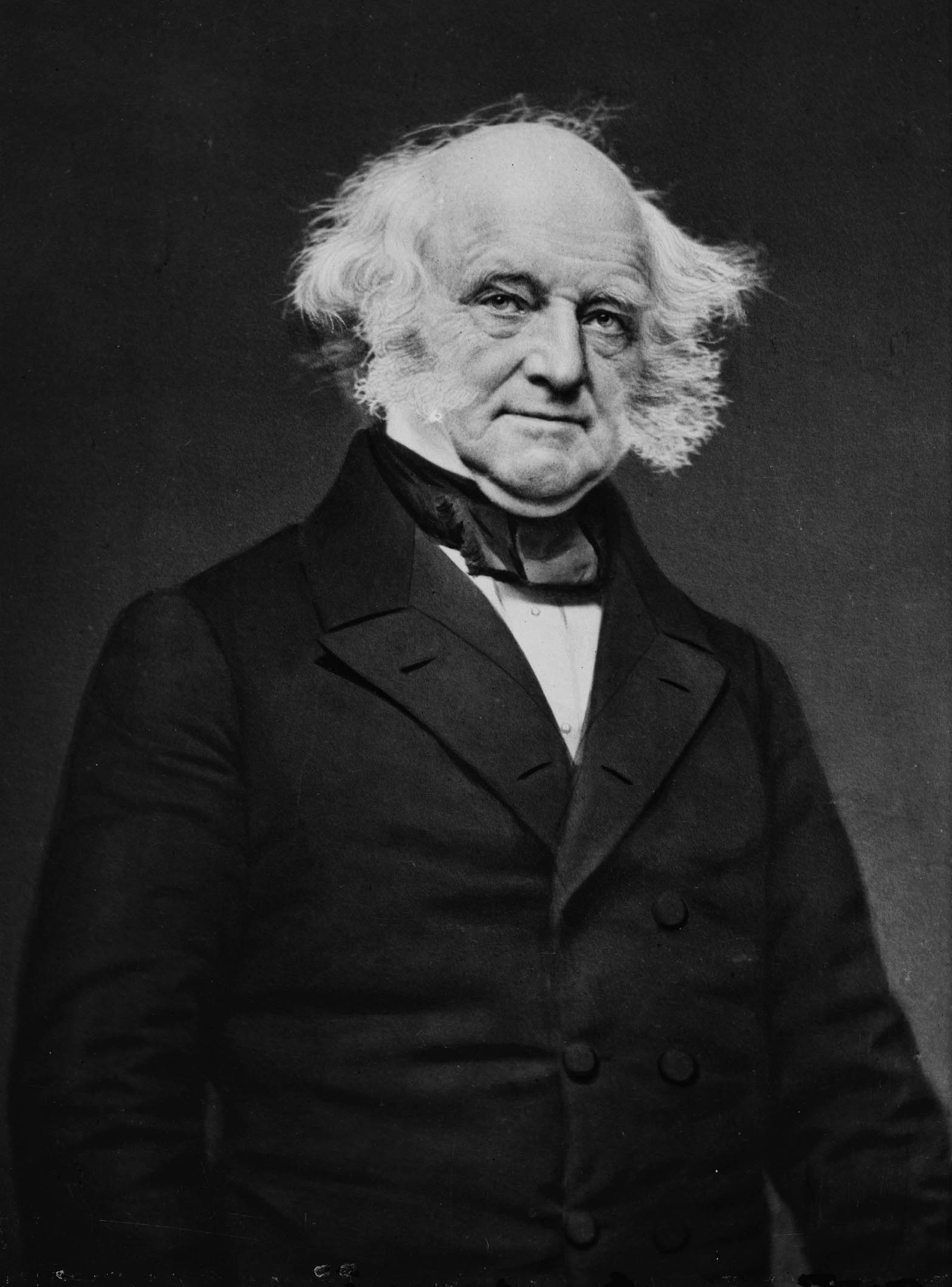Panic of 1837
This economic depression which began in New York when banks suspended accepting payments using specie. Preceded by the collapse of credit facility since banks can no longer redeem money in gold and silver. Some historians claim that the economic panic was because of the English banks’ halts lending money to the United States. The U.S. was not able to finance its financial needs, which affected its growth for more than two decades. Another reason is the possible overextension of credits to bank clients. Lastly, because of Andrew Jackson’s monetary policies, the Specie Circular in 1836 did not achieve its objective of paying purchased federal lands with precious metals such as gold and silver instead of bill notes, which aggravate the credit.
During Martin Van Buren’s term, state banks in New York ran out of gold and silver reserves to convert paper bills. Worse is yet to happen. Following his Jeffersonian belief, he called for a special session of Congress. He proposed a controversial independent treasury system in which the federal government would deposit funds to various state banks. Many criticized the president’s solution as reckless and selfish. The Congress resists to the independent treasury system.
The nation was able to recover in 1839; however, it dramatically affects Martin Van Buren’s attempt to be re-elected for the 1840 presidential election.
Texas Annexation Controversy
In March of 1836, Texas declared its independence from Mexico and was recognized as the Republic of Texas immediately; however, the republic wanted to become a U.S. state. Martin Van Buren expressed his opposition to annexing Texas because he aims to ensure peace with Mexico. Another concern was Texas allowed slavery and realizing that allowing its admission; it would aggravate the abolitionist because another slave state will be admitted than Free states. He refused to accept Texas to prevent a possible Civil War.
Indian Removal Act of 1830
The Indian Removal was enforced during his administration. The policy was initially under Andrew Jackson. The plan sought to move all Native Americans to the western territories of the Mississippi River. The Van Buren government supervised the Removal of the Cherokee tribe in 1838. Approximately 4,000 Cherokee people died due to starvation, heat exhaustion, and disease.
The Seminole tribe resisted the Removal violently. They fought against American troops and even led to the death of the Seminole leader, Chief Osceola. Many Native Americans died. Until today, the Removal was considered inhumane, and Van Buren’s administration received harsh criticism.
Diplomatic Crisis against British
Lower and Upper Canada had a growing rebellion against the British. There are sympathetic volunteers in Maine and New York who rallied with the belief of getting bounty and land allotments. There are also Americans who crossed the Niagara River to Canada and illegally settled in Navy Island. The British troops removed some of the settlers by force, and some were imprisoned. The tension grew between British officials and John Fairfield, Mayor of Maine. The president ordered General Winfield Scott to convince their citizens to hold themselves from violating national law. Martin Van Buren settled the issue diplomatically. This negotiation strategy was effective and later became the signing of the Webster-Ashburton Treaty between the United States and Great Britain. The treaty solved the boarder issues they faced.
Mormon War of 1838
Joseph Smith, Jr., the founder of the Latter Day Saint movement, went to visit the president, Martin Van Buren, to ask refuge for approximately 20,000 Mormon settlers in Independence, Missouri. Lilburn Boggs, the Governor of Missouri, issued an Extermination Order on October 27, 1838. The order was to authorize the troops against the Mormons to get rid and kick them out of Missouri. Joseph Smith, Jr. appealed to the Congress in 1839 upon moving to Illinois. The president intervened for the Mormons.
1840 Democratic National Convention
Since Martin Van Buren was loyal to the Democratic Party, he continued to practice the spoil system. Faithful members of the party who were in the position will work for the government as influenced by the political power not by qualification. Because of Martin Van Buren’s challenging endeavor in his term to confront the downturn of the economy, slavery, western expansion, and tension against Great Britain, these factors did not get him another chance to serve.
Despite a stellar first-party platform that he drafted for the Democratic National Convention, the votes did not turn out. The Whigs successfully attracted new voters; that is why they were able to win control over the Congress and the Senate.
Martin Van Buren’s administration is considered average since his time as a president was shrouded with disasters and crisis which scarred the economy.
US Presidents | ||

